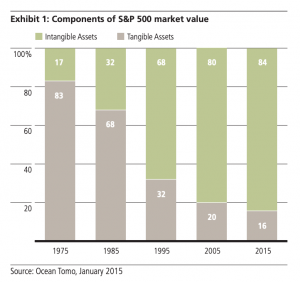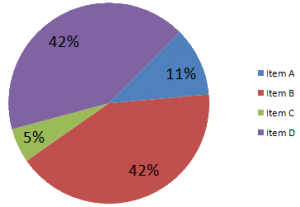 I’ve written previously about development of Tableau analytics capability from single user to multiple teams across an organization. This article is intended for those who may have first installed Tableau Server to enable folks outside their own sphere to interact with their Tableau creations. For the way ahead, it presents a few guidelines for successful development and deployment that data analysts should internalize as their analytics product grows.
I’ve written previously about development of Tableau analytics capability from single user to multiple teams across an organization. This article is intended for those who may have first installed Tableau Server to enable folks outside their own sphere to interact with their Tableau creations. For the way ahead, it presents a few guidelines for successful development and deployment that data analysts should internalize as their analytics product grows.
The theme is, from the very start, to develop dashboards as if they serve hundreds of users and access millions of data records. If you do that, then as your analytical tools grow in usefulness and popularity, you’ll avoid difficult conversions and retooling later. Continue reading
 Sometimes success seems like a data analytics team’s worst enemy. A few successful visualizations packaged up into a dashboard by a small skunkworks team can generate interest such that a year later the team has published scores of mission critical dashboards. As their use spreads throughout the organization, and as features expand to meet the needs of an expanding user base, the dashboards can slow down and data refreshes fail as they exceed
Sometimes success seems like a data analytics team’s worst enemy. A few successful visualizations packaged up into a dashboard by a small skunkworks team can generate interest such that a year later the team has published scores of mission critical dashboards. As their use spreads throughout the organization, and as features expand to meet the needs of an expanding user base, the dashboards can slow down and data refreshes fail as they exceed  It’s not unusual for talented teams of business analysts to find themselves maintaining significant inventories of Tableau dashboards. In addition to sound development practices, following two key principles in data source design help these teams spend less time in maintenance and focus more on building new visualizations: publishing Tableau data sources separately from workbooks and waiting until the last opportunity to join dimension and fact data.
It’s not unusual for talented teams of business analysts to find themselves maintaining significant inventories of Tableau dashboards. In addition to sound development practices, following two key principles in data source design help these teams spend less time in maintenance and focus more on building new visualizations: publishing Tableau data sources separately from workbooks and waiting until the last opportunity to join dimension and fact data. Not too long ago I
Not too long ago I 




